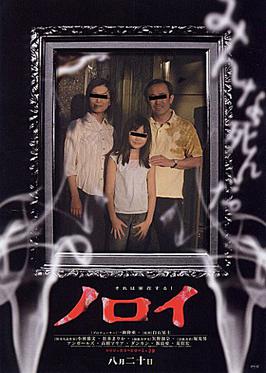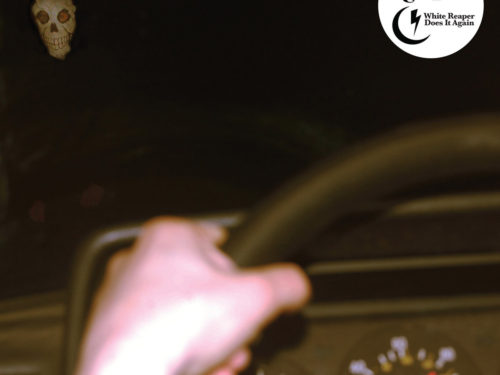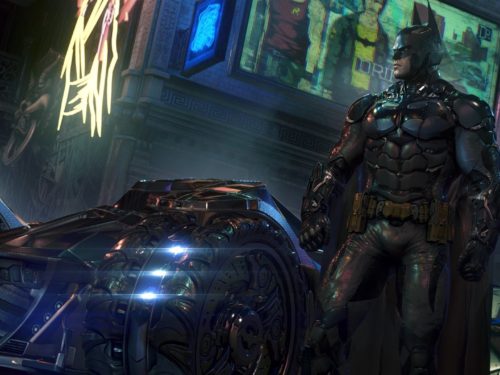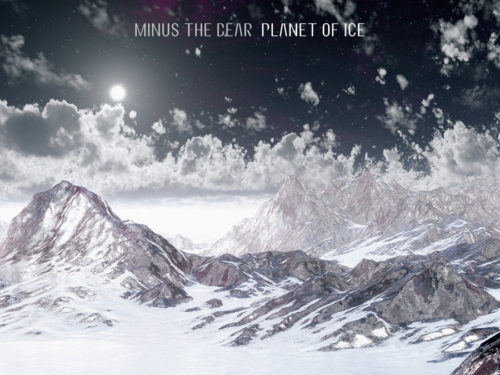When I first watched Kōji Shiraishi’s Noroi: The Curse, I spent two hours wondering what was happening. By the time it was over, I had to process what exactly had just happened to me. It’s not immediate. Its storyline takes time to congeal. Jump scares are absent, gore is sparse and we don’t see our first ghost until deep in the film. But it’s not “atmospheric horror,” nor is it a family drama in a Halloween costume. In fact, it’s shot in one of the most commercial and clichéd horror formats: found footage.
Read more of our Pick of the Days here
The 2005 Japanese film is presented as late-night TV ghost-hunter schlock. We meet Masafumi Kobayashi, director of documentaries about the supernatural. His motto: “No matter how terrifying, I want the truth.” When you’re in a horror movie, you make bad decisions, and as the self-cast hero of a horror movie, Kobayashi excels in making bad decisions. They’re his own flaw, not the film’s, and when the weight of those decisions comes crashing down, the film earns the importance of tragedy.
As Kobayashi investigates the disappearance of a child psychic, it becomes clear that lives are at stake and more than good footage lies at the end of the road. Near the end of the film, Kobayashi makes an unbelievably stupid decision that we can interpret on one hand as an expression of guilt for being unable to prevent an earlier death and that on a deeper level we can interpret as a shameless ploy for footage. His movie is always on his mind, and we want to punch him for his selfishness.
There are two other major characters. Mitsuo Hori might be a good man if he weren’t at the mercy of his psychic powers. He cares deeply for the missing little girl — his mournful cry of “Kana!” adds an undercurrent of grief to the film’s tensest scenes — but he’s violent and unpredictable and doesn’t entirely seem capable of separating reality from the visions he’s bombarded with. We first see him coated in tinfoil, the epitome of a conspiracy-theorist shut-in, but there’s no doubt his powers are real.
The third character is Marika Matsumoto, a real actress. She’s underdeveloped, existing mostly to writhe around in the throes of demonic possession while the men spelunk through thorny Japanese forests and figure out what’s going on. She’s probably more useful to a Japanese audience who will know her and find the film more authentic due to her presence. An early scene with a real-life viral duo named the Ungirls is particularly convincing.
The three characters, plus the silent cameraman Miyajima, wind through an arcane tangle of Japanese regional folklore. A scene set in a remote religious village is particularly inspired, though dog lovers should be warned in advance. There’s some light commentary on modernization and one shot of a baby that suggests a pro-life agenda — fetuses are involved in the plot in a spectacularly unappetizing way — but these are easy enough to ignore.
By giving both Kobayashi and Miyajima cameras and by presenting the film as a documentary edited together after the fact, the film allows itself cinematic indulgences single-camera films could not, like cross-cutting between two pairs of characters during a climactic scene. It also has one of the most spectacular fake endings of all time. Kobayashi’s film, as screened, provides an explanation for what happened — but no payoff. Then another camera is mailed to the TV station.
Follow Daniel and Split Tooth Media on Twitter
(Split Tooth may earn a commission from purchases made through affiliate links on our site.)




